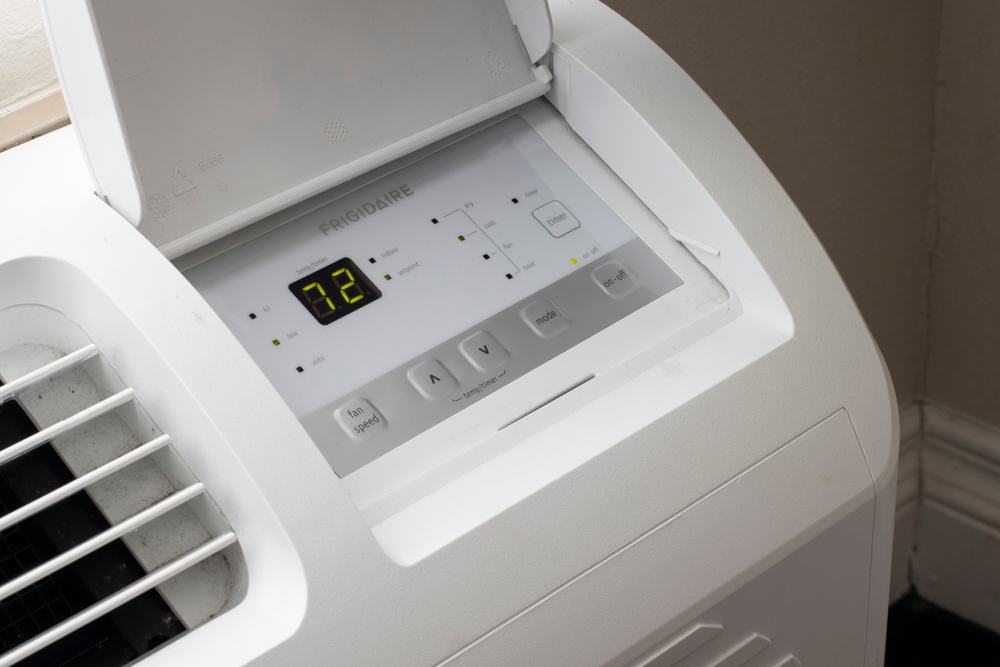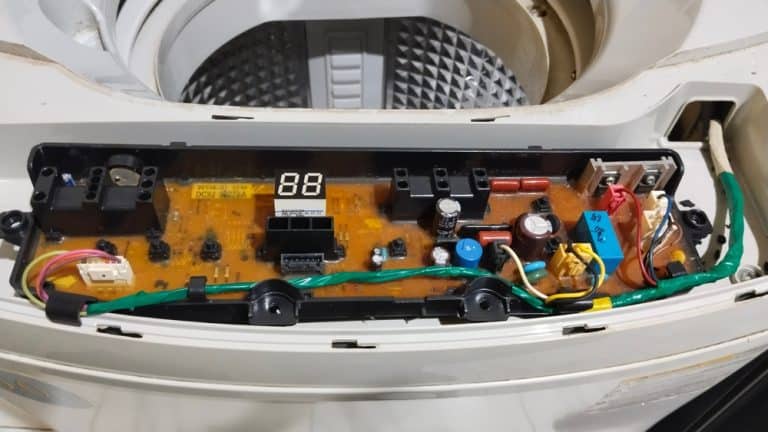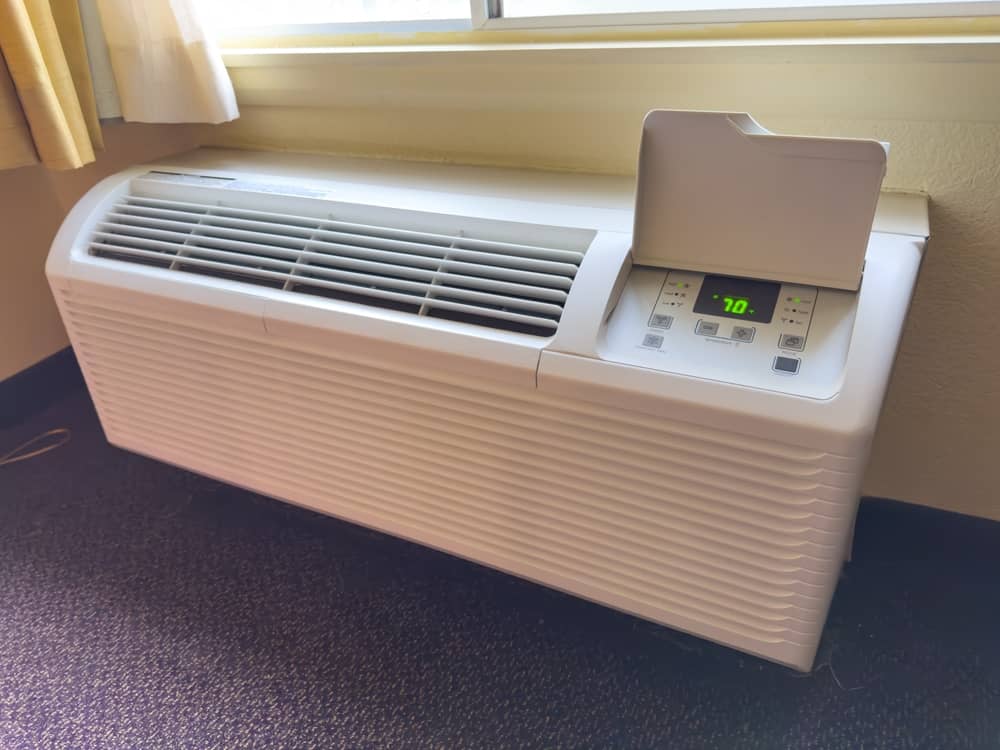Menu
(646) 740-0112
(646) 740-0112
Discover why residents and property managers in New York City trust us for their HVAC needs. Read testimonials from our clients who have experienced the quality, professionalism, and reliability that we bring to every project. Their stories highlight our commitment to excellence and customer satisfaction.

In the bustling environment of Hamilton Beach, NY, PTAC units are not just a luxury, but a necessity for maintaining a comfortable living space. These Packaged Terminal Air Conditioner units, popular in Queens County, are known for their dual functionality in heating and cooling. However, like any complex machinery, they are prone to wear and tear. Being familiar with the basic operation of your PTAC unit is crucial. This knowledge helps in early detection of issues, whether it’s a strange noise, an unexpected shutdown, or just inefficient heating or cooling.
At High Tech PTAC Service NYC, we emphasize the importance of routine checks for your PTAC unit. Regular maintenance can significantly extend the lifespan of the unit, ensuring effective operation and energy efficiency. Signs like odd odors, water leakage, or a sudden spike in your energy bills are clear indicators that your PTAC unit may need professional attention. Remember, a well-maintained PTAC unit not only provides comfort but also saves on energy costs in the long run.
Being based in Hamilton Beach, NY, we understand the specific needs of Queens County residents.
Our team at High Tech PTAC Service NYC is highly skilled, ensuring quality and reliability in every repair job.
We prioritize your comfort, offering responsive service and durable solutions. Call us at (646) 740-0112 for unmatched service.

Tackling PTAC repairs on your own in Hamilton Beach, NY can be tempting, especially for the hands-on homeowner. While basic maintenance tasks such as cleaning or replacing filters are straightforward, more complex repairs often require professional expertise. In the unique climate of Queens County, your PTAC unit faces various stresses, making it susceptible to specific issues. It’s important to understand when a repair is within your skillset and when it might lead to further complications.
However, DIY repairs have their limitations. Complex mechanical or electrical issues, if handled improperly, can lead to extensive damage or even pose safety risks. At High Tech PTAC Service NYC, we’ve seen many cases where a simple DIY fix turned into a costly repair job. It’s crucial to recognize your limits and the risks involved. In instances where you’re uncertain, seeking advice or service from professionals like High Tech PTAC Service NYC can save you both time and money, ensuring that your PTAC unit functions optimally without any future complications.

There comes a point when the expertise of a professional repair service like High Tech PTAC Service NYC is indispensable for your PTAC unit in Hamilton Beach, NY. Complex issues, such as electrical faults, refrigerant leaks, or compressor problems, are beyond the scope of DIY repairs. These problems require a deep understanding of the PTAC system, along with the right tools and safety measures. Attempting to fix these issues on your own can be dangerous and might lead to costly repairs or replacements down the line.
Our team at High Tech PTAC Service NYC, serving the greater area of Queens County, is well-equipped to handle these intricate challenges. We bring a wealth of experience and technical knowledge to every job, ensuring that your PTAC unit is not only repaired but also operates more efficiently post-service. If you encounter persistent operational issues, unusual noises, or performance inconsistencies, it’s time to call us at (646) 740-0112. Prompt professional intervention can prevent minor issues from escalating, ultimately saving you time and ensuring the longevity of your PTAC unit.
Howard Beach was established in 1897 by William J. Howard, a Brooklyn glove manufacturer who operated a 150-acre (61 ha) goat farm on meadow land near Aqueduct Racetrack as a source of skin for kid gloves. In 1897, he bought more land and filled it in and the following year, built 18 cottages and opened a hotel near the water, which he operated until it was destroyed by fire in October 1907. He gradually bought more land and formed the Howard Estates Development Company in 1909. He dredged and filled the land until he was able to accumulate 500 acres (200 ha) by 1914. He laid out several streets, water mains and gas mains, and built 35 houses that were priced in the $2,500-$5,000 range.
The Long Island Rail Road established a station named Ramblersville in 1905 and a Post Office by the same name opened soon thereafter. A casino, beach, and fishing pier were added in 1915 and the name of the neighborhood was changed to Howard Beach on April 6, 1916. Development continued and ownership was expanded to a group of investors who sold lots for about $690 each starting in 1922. Development, however, was limited to the areas east of Cross Bay Boulevard near the LIRR station now known as Bernard Coleman Memorial Square (then Lilly Place). The rest of Howard Beach consisted of empty marsh land except for the area to the south of Coleman Square, centered around Russell St. and 102nd Street, which consisted of many small fishing bungalows that dotted alongside Hawtree Creek and Jamaica Bay. This area of Howard Beach would retain the name “Ramblersville.” Despite its close proximity to the Howard Beach station at Coleman Square, the LIRR would establish a station a quarter of a mile south down the line at Hamilton Beach in 1919.
After World War II, Queens and Long Island went through a major suburban building boom leading to the marsh land west of Cross Bay Boulevard to be filled in. This led to the development of many Cape-Cod and High-Ranch style houses on 50-by-100-foot (15 by 30 m) and 60-by-100-foot (18 by 30 m) lots. This area was developed as “Rockwood Park” to the north and “Spring Park” to the south, together comprising what would be known as “New Howard Beach”, while the area east of the boulevard became known as “Old Howard Beach.” In the early 1950s farm land north of Rockwood Park was developed with the building of many red-bricked two-story garden style cooperative apartments along with some six-story co-op and condo apartment buildings. A number of private two-family houses were also built in this neighborhood, which was named Lindenwood. The various neighborhoods continued to be developed through the 1960s and 1970s as Cross Bay Boulevard became the area’s main shopping district. During the 1990s and 2000s, there was further high-scale development as many of the area’s old houses were torn down and replaced with upscale million-dollar mini-mansions.
Learn more about Hamilton Beach.Designed by Hub It Group